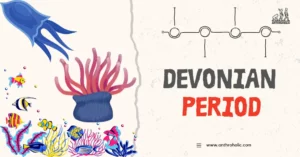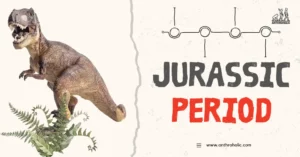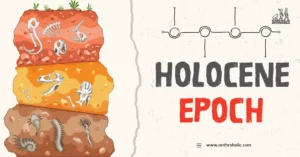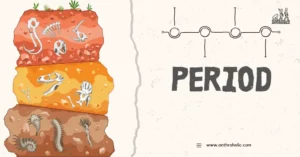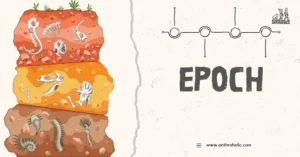AI Answer Evaluation Platform Live Now. Try Free Answer Evaluation Now
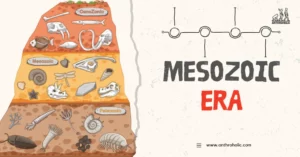
Mesozoic Era
The Mesozoic Era, often known as the Age of Reptiles, marks a pivotal time in Earth's history characterized by the dominance of dinosaurs and the emergence of flowering plants and modern mammals. This era is divided into three geologic periods: the Triassic, Jurassic, and Cretaceous.

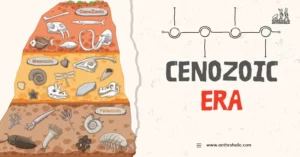
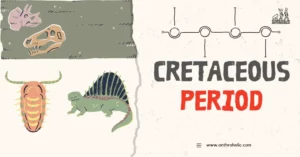
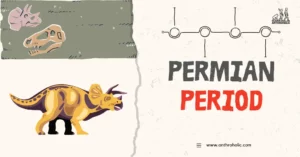

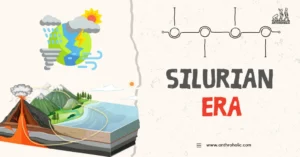
![The Cambrian Period, roughly 541 to 485.4 million years ago, marks a significant era in the history of life on Earth[1]. During this time, a remarkable explosion of diversity occurred, with the first appearance of many multicellular organisms and early forms of many major groups of animals alive today.](https://anthroholic.com/wp-content/uploads/2023/08/Cambrian-Era-in-Geological-Time-Scale-in-Archaeology-300x157.webp)
